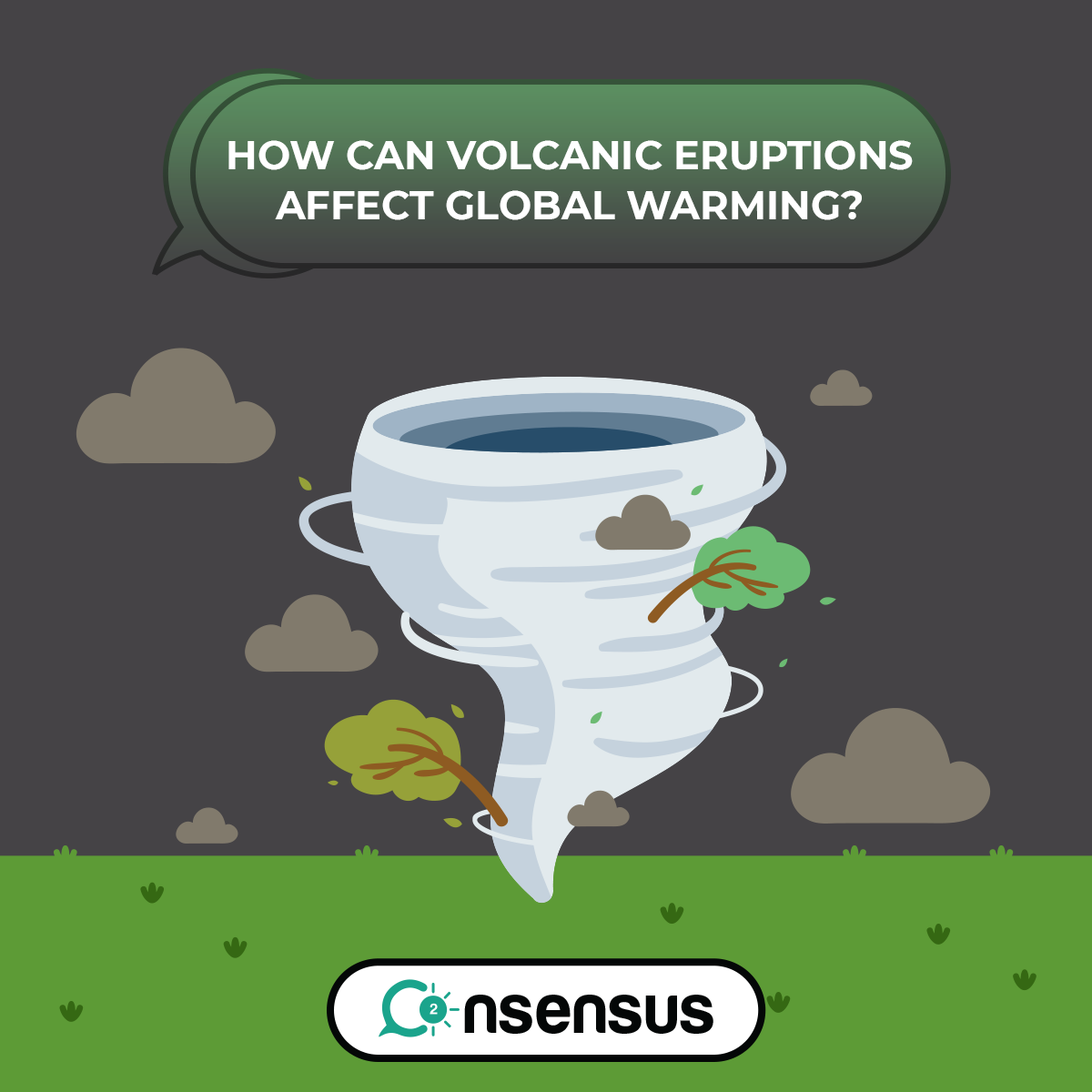Climate change and global warming have the power to make any hurricane more intense.
Warmer air, which is a direct consequence of the greenhouse gases that are being released into the earth’s atmosphere, lead to more evaporation, which, in turn, leads to precipitation (in other words, the amount of rain that falls in an area). And because the water that falls through the rain is warm, then this acts as an impulse for the next batch of hurricanes.
Mathew, Irma, Maria, Michael and lastly, Dorian are no just random names. In fact, they are the names of the Category 5 Atlantic hurricanes that have been happening since 2016. And what’s worse, these types of natural disasters are bound to happen even more from now one, as climate change continues to evolve and higher temperatures of the ocean higher sea levels will also intensify the hurricanes’ season.
The category system of hurricanes tries to classify the strength of the natural phenomena on a scale from 1 to 5 according to wind speed.
What is a Hurricane?
A hurricane is a tropical cyclone that rapidly rotates while also being part of a storm system which has low-pressure in its center, strong winds, and makes a spiral movement of thunderstorms that will eventually produce heavy rain that could last for days. In the Northern Hemisphere, hurricanes will rotate counter-clockwise, whereas, in the Southern Hemisphere, they will rotate clockwise.
In the Atlantic and in central and eastern Pacific they are called hurricanes. In the north Pacific, they are called typhoons and in the Indian Ocean and South Pacific, they are called cyclones.
And why are they classified as hurricanes? Because these phenomena have wind speeds of over 74 miles per hour (mph).
Hurricanes and Climate Change
Even though hurricanes are a natural part of the climate, it is fair to say that hurricanes have had an increase in intensity over the last couple of years. There are a couple of characteristics that make hurricanes happen and they are strongly associated with climate change. For example:
Sea temperatures: if the sea surface becomes warmer then this could lead to an increase of wind speeds in a tropical storm. Having a warmer sea will also mean more precipitation is ready to occur, so, often some hurricanes may not destroy much, however, the rain that falls as soon after the hurricane leaves will have a greater impact on the affected area.
Seal levels: if sea level rises then this will also mean that hurricanes become more damaging.
Growing populations: Each year there are more and more people who are willing to move to the coast. This means that a greater deal of pressure will be put into those areas that are vulnerable to hurricanes. What’s more, hurricanes also create a financial problem in those areas where they hit the most, as the damages that are done are usually irreparable and or will take at least months to recover.
As oceans have taken most of all of the excess energy that was created by global warming, then this will also affect the destructive potential of any future hurricane. Some people tend to think that pollution only goes into the atmosphere, but as it turns out, oceans are one of the biggest losers in terms of being polluted over the last three to four decades.
Nature’s Cycles and Hurricanes
All of the oceans of the world suffer from oscillations (or changes) that move the distribution of either cold or warm water in the upper layer of the ocean. Scientists have discovered that these oscillations have a direct impact on the intensity of the hurricanes.
For example, during El Niño there is a southern oscillation (ENSO), where hurricanes are less likely to hit some areas of the world. Scientists have also been trying to discover whether the effect that human beings have had on climate change could possibly mean that there is also a shift in the natural oscillation patterns that have been present since the early days of the planet.
What Can Be Expected for the Future?
If human beings continue to pollute not only the atmosphere but all of the oceans of the world, then the climate will continue to warm up, thus this will lead to an increase in the hurricanes. It has also been argued that these future hurricanes will have higher wind speeds and also higher precipitation rates.
In other words, there will be more rain at the end of each hurricane, and this could potentially mean more damages to the areas that have already been affected in the first place.
And what happens next is not good either, if nothing changes right now. It is time human beings and the governments of the world to act against climate change. It can be said that global warming will not suddenly disappear, in fact, they need to implement the necessary measures in order to avoid the non-stop release of greenhouse gases.
And if governments cannot find the way to avoid these gases, then the least they could do is reduce the emissions that pollute the most, and invest in more efficient ways and sources of energy that will, in turn, leave a cleaner space to the future generations.
Hurricane Seasons in the World
Hurricane seasons vary, they all depend on where they are located in the world. For example, in the Atlantic basin (which is a name for the Atlantic Ocean, the Caribbean Sea, and the Gulf of Mexico), hurricane season goes from June to November, and they usually have an average of 6 hurricanes in a year.
In the eastern Pacific area, that goes from the U.S West Coast to the south of Alaska’s eastern border, hurricane season goes from May to November, and they usually have an average of 8 hurricanes in a year.
In the central Pacific area (which is only Hawaii) the hurricane season goes from June to November and they usually have 5 hurricanes in a year.
